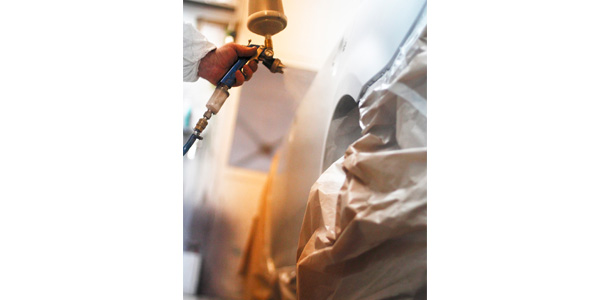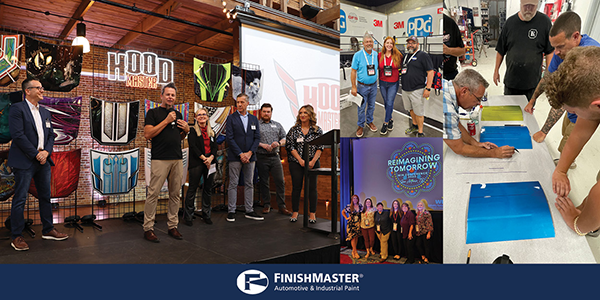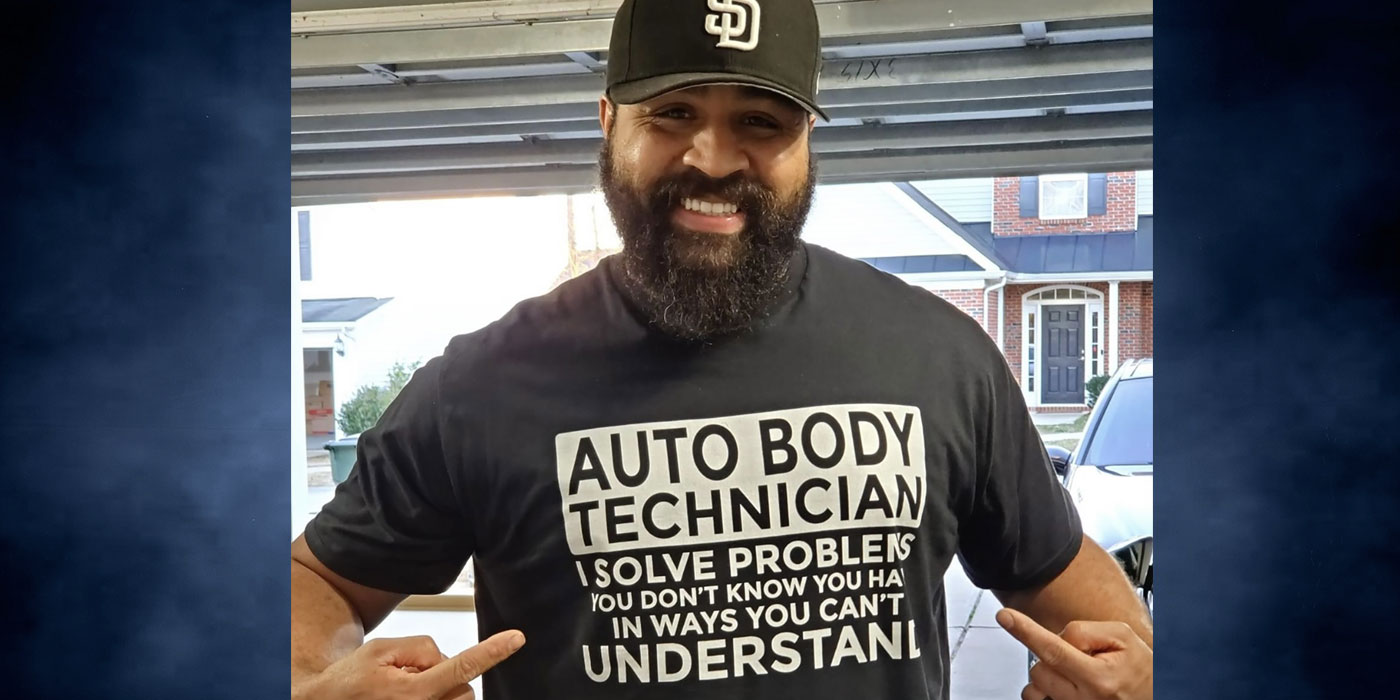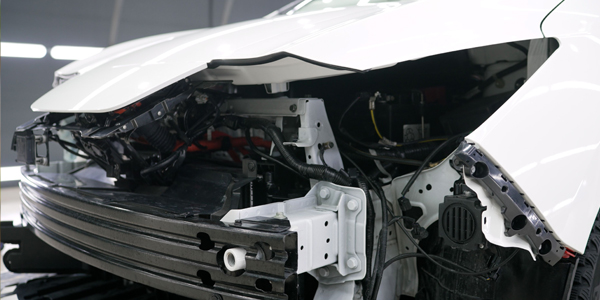Q: Why doesn’t our industry itemize paint and materials just like parts? Is it only because it has always been based on paint hours? Or is it because insurers won’t change? Where does the change need to start? Shops struggle every day with insurers saying that’s all they will pay. The method needs to change for all shops to stay profitable.

— Chris Speckman, vice president, Speckman Automotive, St. Mary’s, Ohio
A: I contend that if the insurance companies wanted some other method to reimburse paint and materials, we would have one. They pay for 90 percent of collision repair, so what they say goes. I contend the average body shop can still earn a 25 to 30 percent gross profit on paint and material using the current method. The good operators are making over 40 percent gross profit, so clearly many shops can make money with the existing system. They’re caught short when more than the usual materials are required.
Statistics
Recent statistics show that P&M sales account for slightly more than 10 percent of the typical repair order. BodyShop Business’ 2015 Industry Profile suggests that the average RO is about $2,300, and as little as 10 percent of all repairs are more than $3,500. Setting reimbursement limits to reflect 90 percent of all their claims seems reasonable to me in most cases. Tying the refinish labor hours to paint and material usage also seems reasonable. The unfair part is the varying local dollar allowance per refinish hour.
When I started in 1970 and for years after that, the P&M allowance was one half the door rate. When labor was $20/hour, P&M was $10/hour; when labor was $28, P&M was $14. At some point, that relationship disappeared, and there is no longer any correlation that I can see. I’m in markets with a $65 door rate and $24 material allowance; just down the road the door rate is $45 and material $34. While the insurance carriers can contend that the labor rate is truly a local issue (hence their annual survey,) the paint and sandpaper manufacturers’ price sheets are the same across the country. Your shop may receive a bigger discount than your competitor, but I contend the insurance folks should establish a standard P&M hourly amount regardless of your location. But as always, they don’t ask me.
This same math is how the insurance companies came up with their material cap or threshold to cover 90 percent of their repairs with one fixed dollar amount. Using the BodyShop Business Industry Profile survey, that would set the threshold at $350 (10% X $3,500 RO), and any repair requiring more than that would necessitate documentation. Although the written proof of additional shop P&M expenditures takes extra time and effort, I see most shops get paid more than the cap when they follow the insurer’s guidelines.
Different Brands
Directly addressing your question, my guess is that the different paint brands have distinctly different user prices. If I could bill ABC Insurance for the paint as a part, I would for sure be using the most expensive brand, and then negotiating a big local discount.
From the operations end of our business, I’m very clear that different paint lines offer different performance levels and set their user prices accordingly. From the insurance-pay end of our business, they want to call paint “paint” no matter the brand name or list price. I just want to have the per-hour amount be both reasonable and national. I do business across the country, and paint and material costs are about the same wherever I am. The problem is the shops are paid for the same thing at many different per-hour rates. Once I get my wish to have a fair per-hour figure, then the only hurdle to stellar shop success will be to write a sheet with all the possible refinish hours included. Don’t hold your breath to see the current plan change anytime soon!














